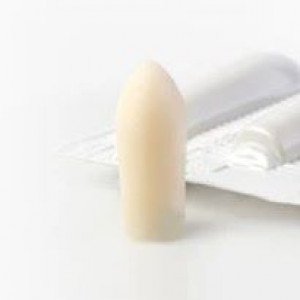 Welcome
Welcome
“May all be happy, may all be healed, may all be at peace and may no one ever suffer."
- A
- B
- C
- D
- E
- F
- G
- H
- I
- J
- K
- L
- M
- N
- O
- P
- Q
- R
- S
- T
- U
- V
- W
- X
- Y
- Z
G-Hemodialysis B
Dialyte-B
Dialyte-AC
Hemosol-B
Renalaid-B
Dialyte-A
Hemosol-A
Renalaid-A
Dialysis Solution - Brands
Dialysis solution is a specialized medical product used in dialysis treatments to remove excess fluids and waste products from the body. Here are some general instructions on how to use dialysis solutions:
- Wash your hands thoroughly with soap and water before handling the dialysis solution.
- Check the expiration date and condition of the solution before using it. The solution should be clear and free of particles.
- Warm the solution to body temperature by placing the bag or bottle in warm water for a few minutes. Do not microwave the solution or use hot water, as this can damage the solution and cause injury.
- Remove the protective cover from the connection port of the dialysis machine and attach the solution bag or bottle to the machine.
- Ensure that the tubing is properly connected to the solution bag or bottle and the machine and that there are no air bubbles in the tubing.
- Follow the instructions provided by the dialysis machine or your healthcare provider to initiate the dialysis treatment. The machine will automatically draw the solution into your body and remove excess fluids and waste products.
- During the treatment, you may need to adjust your position or change the flow rate of the solution. Your healthcare provider will provide guidance on how to do this.
- After the treatment, disconnect the solution bag or bottle from the machine and dispose of it properly according to your healthcare provider's instructions.
It's important to note that dialysis solution is a prescription medication that should only be used under the guidance and supervision of a healthcare provider. Your provider will provide specific instructions on how to use the solution and monitor your progress during treatment.
How to use Dialysis Solution?
Dialysis solution, also known as dialysate, is a sterile solution used in hemodialysis, a medical treatment for people with kidney failure. In hemodialysis, a machine called a dialysis machine is used to remove waste and excess fluid from the blood, and the dialysis solution is used to help cleanse the blood.
The dialysis solution is composed of electrolytes and other substances that are similar to those found in healthy blood. The composition of the solution is carefully controlled and adjusted to meet the needs of each individual patient. The solution is introduced into the dialysis machine and circulated through a dialyzer, a special filter that removes waste and excess fluid from the blood.
During hemodialysis, the patient's blood is pumped through the dialyzer, where it comes into contact with the dialysis solution. Waste products such as urea, creatinine, and excess fluids diffuse from the blood into the dialysis solution, which is then discarded. The purified blood is then returned to the patient's body.
Dialysis solution is a critical component of hemodialysis treatment, and its proper use and maintenance are essential to the health and well-being of patients with kidney failure. The solution must be carefully monitored and adjusted to maintain proper electrolyte balance and prevent complications such as electrolyte imbalances, hypotension, and infections.

Dental Gel

Solution

Suppository

OD Tablet

Tablet

Scalp Lotion

IV Injection

Mouthwash
Dialysis Solution, How to use Dialysis Solution, ডায়ালাইসিস সমাধান
To be happy, beautiful, healthy, wealthy, hale and long-lived stay with DM3S.